
The Soloveitchik dynasty of rabbinic scholars and their students originated the Brisker method of Talmudic study, which is embraced by their followers in the Brisk yeshivas. It is so called because of the Soloveitchiks' origin in the town of Brisk, or Brest-Litovsk, located in what is now Belarus. Many of the first Soloveitchik rabbis were the official rabbis of Brisk, and each in turn was known as "the Brisker Rov". Today, Brisk refers to several yeshivas in Israel and the United States founded by members of the Soloveitchik family, including the yeshivas of R’ Avraham Yehousua Soloveitchik and the late R’ Dovid Soloveitchik, among others.
Chaim of Volozhin was a rabbi, Talmudist, and ethicist. Popularly known as "Reb Chaim Volozhiner" or simply as "Reb Chaim", he was born in Volozhin when it was a part of the Polish–Lithuanian Commonwealth. He died there while it was under the control of the Russian Empire.
In Jewish law and history, Acharonim are the leading rabbis and poskim living from roughly the 16th century to the present, and more specifically since the writing of the Shulchan Aruch in 1563 CE.

Telshe Yeshiva is a yeshiva in Wickliffe, Ohio, formerly located in Telšiai, Lithuania. During World War II the yeshiva began relocating to Wickliffe, Ohio, in the United States and is now known as the Rabbinical College of Telshe, commonly referred to as Telz Yeshiva, or Telz for short.

Aryeh Ze'ev (Leib) Gurwicz was an influential Orthodox rabbi and Talmudic scholar. He was the son-in-law of Rabbi Elyah Lopian and best known as Rosh Yeshiva of the Gateshead Yeshiva in Gateshead, England, where he taught for over 30 years.
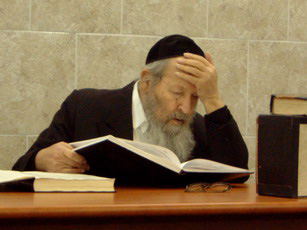
Moshe Shmuel Shapiro (1917–2006) was a Rosh Yeshiva and important rabbinic figure in Israel.

Rabbi Eliezer Gordon also known as Reb Laizer Telzer, served as the rabbi and rosh yeshiva of Telz, Lithuania.
The Kelm Talmud Torah was a famous yeshiva in pre-holocaust Kelmė, Lithuania. Unlike other yeshivas, the Talmud Torah focused primarily on the study of Musar and self-improvement.

Rav Yeruchom Levovitz, also known by his hundreds of students simply as The Mashgiach, was a famous mashgiach ruchani and baal mussar at the Mir Yeshiva in Belarus.
Gateshead Talmudical College, popularly known as Gateshead Yeshiva, is located in the Bensham area of Gateshead in North East England. It is the largest yeshiva in Europe and considered to be one of the most prestigious advanced yeshivas in the Orthodox world. The student body currently numbers approx. 350. Although students are mainly British, there are European, American, Canadians as well as some from South America, Australia and South Africa. Most students are Litvish, but up to a third are Hasidic.

The Mir Yeshiva, known also as The Mir, is an Orthodox Jewish yeshiva in Beit Yisrael, Jerusalem. With over 9,000 single and married students, it is the largest yeshiva in the world. Most students are from Israel and the United States, with many from other parts of the world such as Belgium, France, the United Kingdom, Mexico, Switzerland, Argentina, Australia, Russia, Canada and Panama.

The Mir Yeshiva, commonly known as the Mirrer Yeshiva or The Mir, was a Lithuanian yeshiva located in the town of Mir, Russian Empire. After relocating a number of times during World War II, it has evolved into three yeshivas: one in Jerusalem and two in Brooklyn, New York: the Mir Yeshiva, and Bais Hatalmud.
Yeshiva Gedola and Mesivta of Carteret informally, "YGOC", also called Yeshiva Tiferes Yehuda Aryeh, is a yeshiva and non-profit organization located in Carteret in Middlesex County, New Jersey, United States.
The Pressburg Yeshiva, was the largest and most influential Yeshiva in Central Europe in the 19th century. It was founded in the city of Pressburg, Austrian Empire by Rabbi Moshe Sofer and was considered the largest Yeshiva since the time of the Babylonian Talmud.
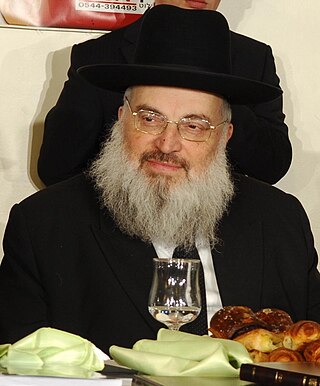
Eliyahu Boruch Finkel was an influential maggid shiur (lecturer) at the Mir yeshiva in Jerusalem.
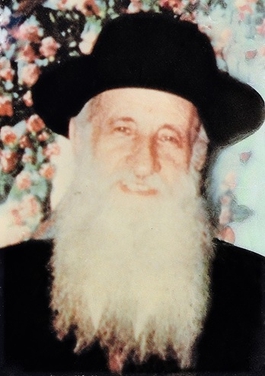
Avraham Kalmanowitz was an Orthodox rabbi and rosh yeshiva (dean) of the Mir yeshiva in Brooklyn, New York from 1946 to 1964. Born in Russian empire, he served as rabbi of several Eastern European Jewish communities and escaped to the United States in 1940 following the German occupation of Poland. In the U.S. he was an activist for the rescue of the millions of Jews trapped in Nazi-ruled Europe and in the Soviet Union. He arranged the successful transfer of the entire Mir yeshiva from Lithuania to Shanghai, providing for its support for five years, and obtaining visas and travel fare to bring all 250 students and faculty to America after World War II. He established the U.S. branch of the Mir in 1946. In the 1950s he aided North African and Syrian Jewish youth suffering from persecution and pogroms, and successfully lobbied for the passage of a bill granting "endangered refugee status" to Jewish emigrants from Arab lands.
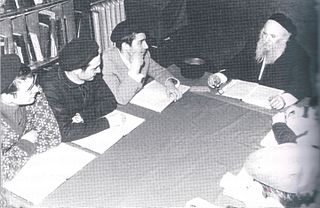
The Yeshiva of Aix-les-Bains is one of the principal Talmudic academies in France. It is officially named Yeshivas Chachmei Tsorfat after the medieval rabbinic authorities who lived in France, including Rashi and many Baalei Tosafot. Since 1945, the Yeshiva has been located in the spa town of Aix-les-Bains, and is directed currently by Rabbi Yitzhak Weil.
Judah Leib ben Isaac of Szydłów (Szydłowski) was an 18th-century Polish rabbi who served as a representative of Kraków in the Council of Four Lands. He is also known by the Hebrew language acronym Rischak.
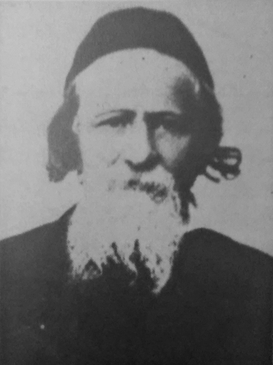
Rabbi Chaim Yehudah Leib Tiktinsky was a prominent 19th century Eastern European rabbi. He served as rosh yeshiva of the Mir Yeshiva in Russia, the third of the Tiktinsky family to serve the position.











